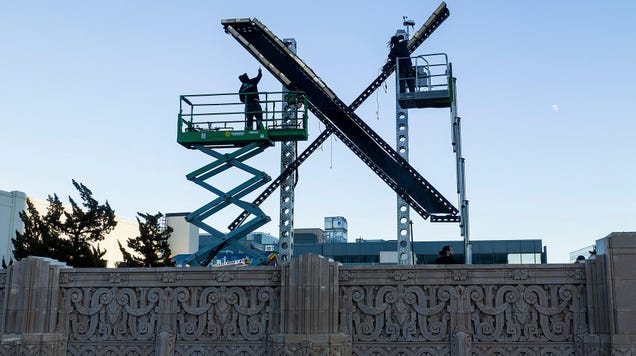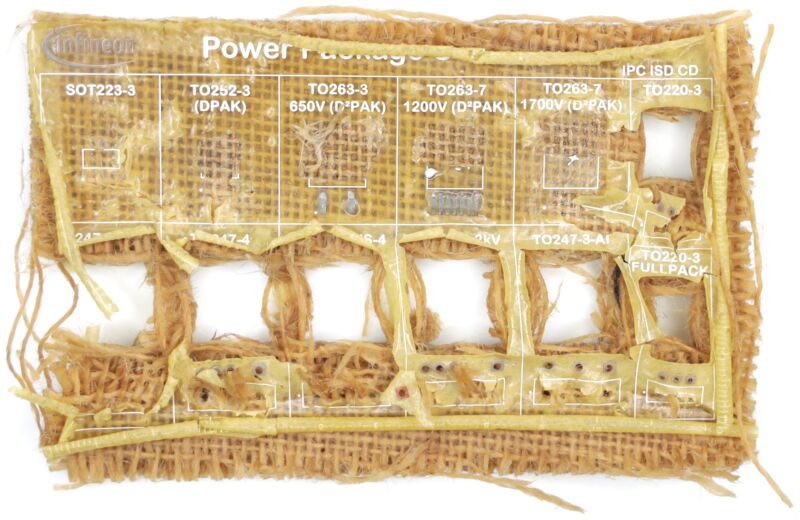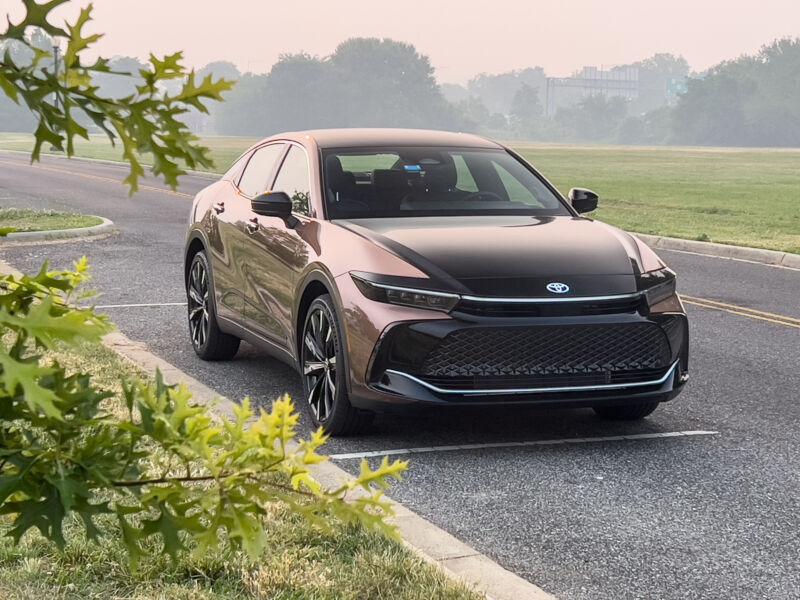The Uber safety driver at the wheel during the first known fatal self-driving car crash involving a pedestrian has pleaded guilty to and been sentenced for an endangerment charge. Rafaela Vasquez will serve three years of probation for her role in the 2018 Tempe, Arizona collision that killed Elaine Herzberg while she was jaywalking at night. The sentence honors the prosecutors’ demands and is stiffer than the six months the defense team requested.
The prosecution maintained that Vasquez was ultimately responsible. While an autonomous car was involved, Vasquez was supposed to concentrate on the road and take over if necessary. The modified Volvo XC90 in the crash was operating at Level 3 autonomy and could be hands-free in limited conditions, but required the driver to take over at a moment’s notice. It noticed Herzberg but didn’t respond to her presence.
The defense case hinged on partly blaming Uber. Executives at the company thought it was just a matter of time before a crash occurred, according to supposedly leaked conversations. The National Transportation Safety Board’s (NTSB) collision findings also noted that Uber had disabled the emergency braking system on the XC90, so the vehicle couldn’t come to an abrupt stop.
Tempe police maintained that Vasquez had been watching a show on Hulu and wasn’t paying attention during the crash. Defense attorneys have insisted that Vasquez was paying attention and had only been momentarily distracted.
The plea and sentencing could influence how other courts handle similar cases. There’s long been a question of liability surrounding mostly driverless cars — is the human responsible for a crash, or is the manufacturer at fault? This suggests humans will still face penalties if they can take control, even if the punishment isn’t as stiff for conventional situations.
Fatal crashes with autonomy involved aren’t new. Tesla has been at least partly blamed for collisions while Full Self Driving was active. The pedestrian case is unique, though, and looms in the background of more recent Level 4 (fully driverless in limited situations) offerings and tests from Waymo and GM’s Cruise.While the technology has evolved since 2018, there are still calls to freeze robotaxi rollouts over fears the machines could pose safety risks.
This article originally appeared on Engadget at https://www.engadget.com/uber-safety-driver-involved-in-fatal-self-driving-car-crash-pleads-guilty-212616187.html?src=rss
Source: Engadget – Uber safety driver involved in fatal self-driving car crash pleads guilty












